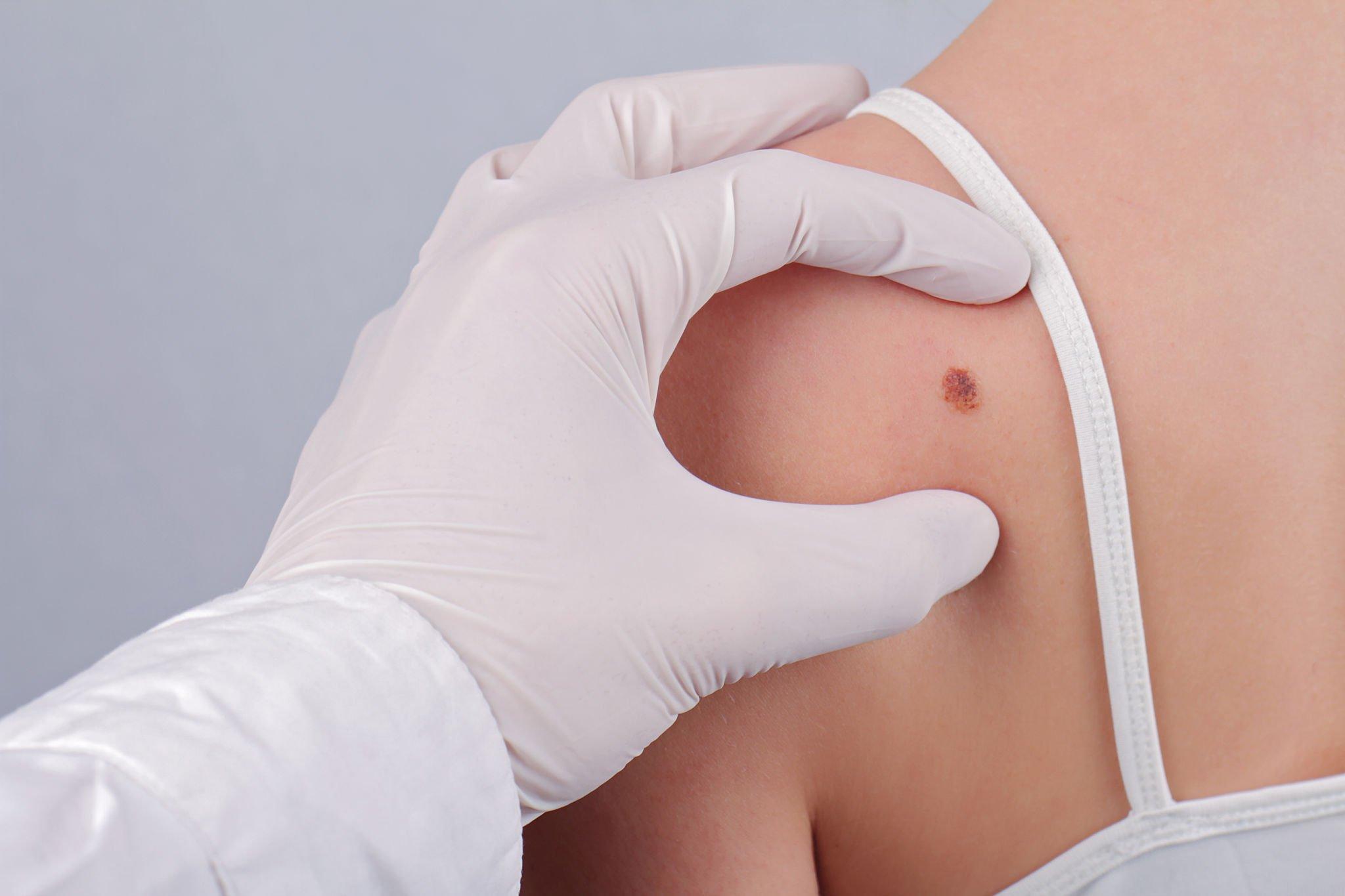Skin Moles – What To Know About It?
A mole is something that appears like an extra growth on the skin. It is also known as nevus and will be present on one’s skin by birth.
Some moles might develop over time and can even be noticed after one reaches adulthood. Some moles can be because of the constant exposure of skin to sun rays, or some other environmental conditions.
A mole need not be brown-colored. Some nevus can be red, pink, or even flesh-colored. Maximum moles will either have hair growth on them or not, depending on the epidermal condition of the person.

Not all moles are due to some chemical changes on the skin, as some might be developed because of the condition of skin cancer. You can get more information by reading further.
Contents
Moles Types
Moles are categorized into three different types.
They are listed below.
· Atypical Moles
Atypical moles are skin conditions that are categorized by skin cancer chances. Studies have shown that 1 out of 10 cases around the globe is diagnosed with skin cancer conditions.
These nevi can be noticed clearly as they are both irregularly shaped and also larger than the normal moles. However, not all dark moles can turn into melanoma.
· Acquired Moles
As the name says, these are the moles that are developed or ‘acquired’ in the later stages of one’s life. These are developed because of the constant exposure of the skin to sun rays.
They are brown-colored and can change significantly over the years. Even though these moles darken over age, they need not turn into melanoma.
· Congenital Moles

These moles are the nevi that are noticed by birth in children. Studies have proven that these moles are noticed in 1 out of 100 babies in their later stages.
These are usually of different colors and will be flat on the skin’s surface. These moles need not turn into carcinoma over the years.
Some Fun Mole facts
- Moles are normally inherited
- Moles should be kept an eye on constantly as they can change in color and texture and also in dimension over the years.
- People that are exposed to more sun rays will have moles on their skin rather than people that are brought up in not-much-sunny destinations.
- Not all moles can turn into melanoma or carcinoma over the years.
- Sunspots are not moles, and vice versa.
Moles are commonly noticed in almost everyone. Studies have proven that 10 out of 40 will have them on their skin.
They are found in regions that are exposed to sun rays for maximum hours in a day. Ultraviolet radiation is the main cause of mole development. These are not contagious but can be tender and painful.
Some might even require the immediate attention of a dermatologist.
Mole Removal Techniques
Some people prefer the removal of their moles due to many reasons, including cosmetic reasons. Not all moles offer easy removal options and some might become quite bothersome. Experts suggest never trying the removal techniques of these moles at home.

The commonly followed procedure for mole removal is either surgical cutting or shaving. The dermatologists will offer the shaving off of moles that are smaller in dimension.
Some moles require complete removal as they can turn into cancerous growth. If the mole is large in size, then the location might even require stitching up after the procedure.
The important factor to understand is that moles are a part of one’s skin. They can become either a beauty spot or can become a cosmetic blunder.
The best way of taking care of them is by consulting a dermatologist.

